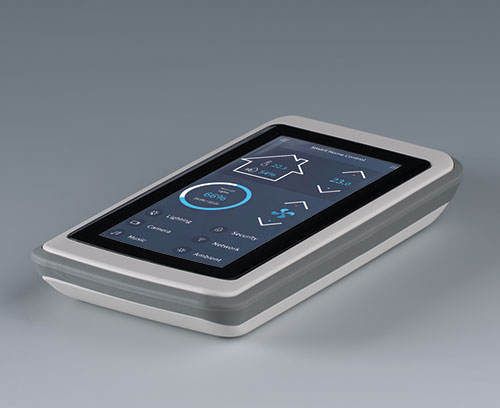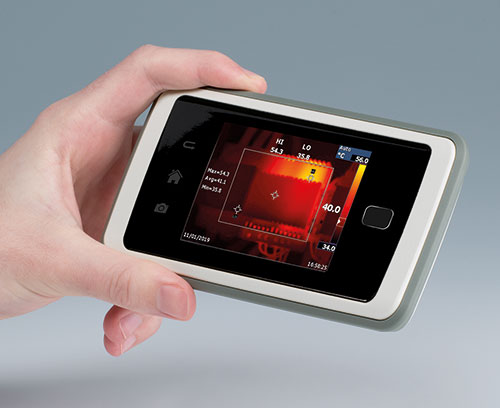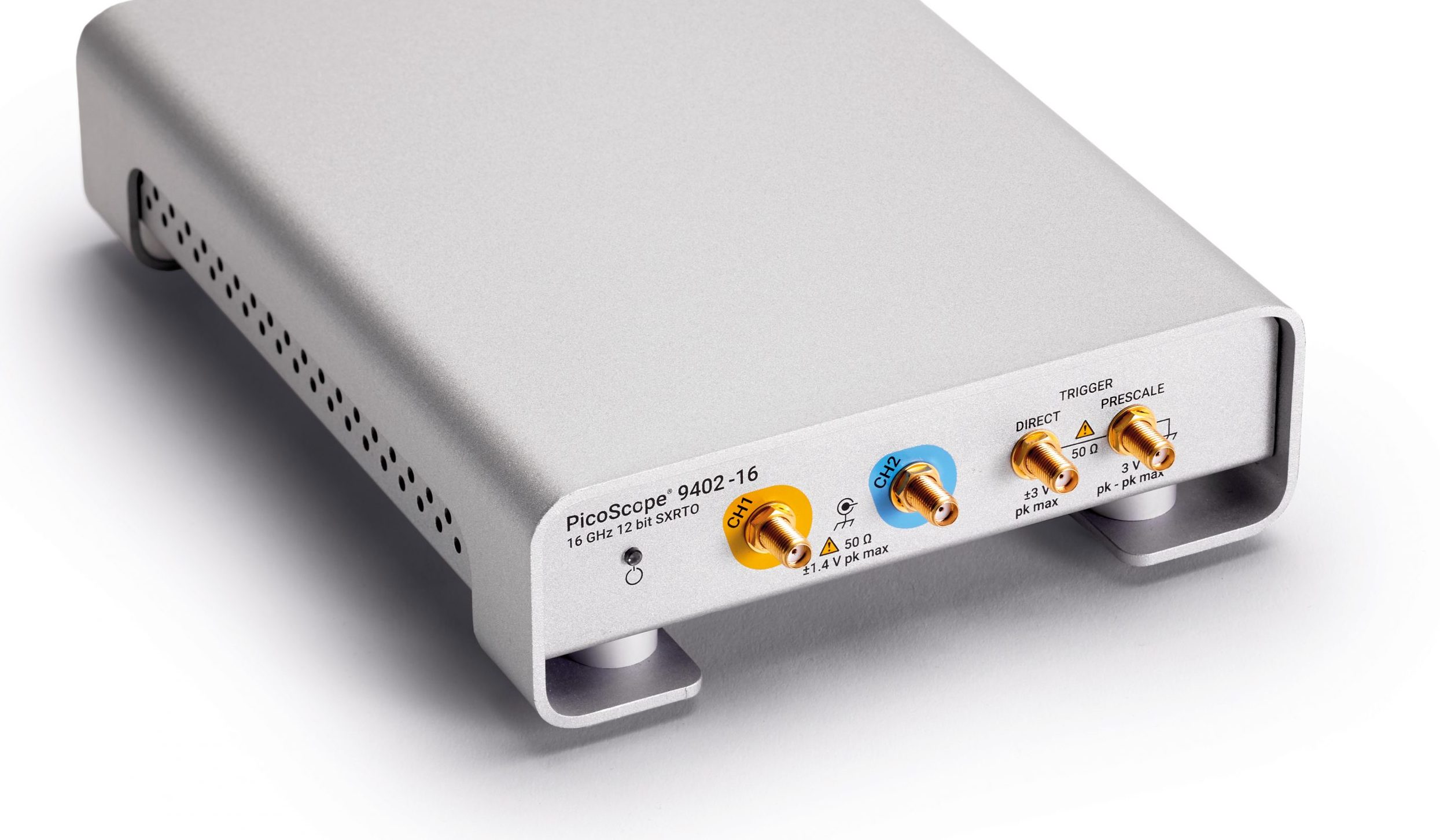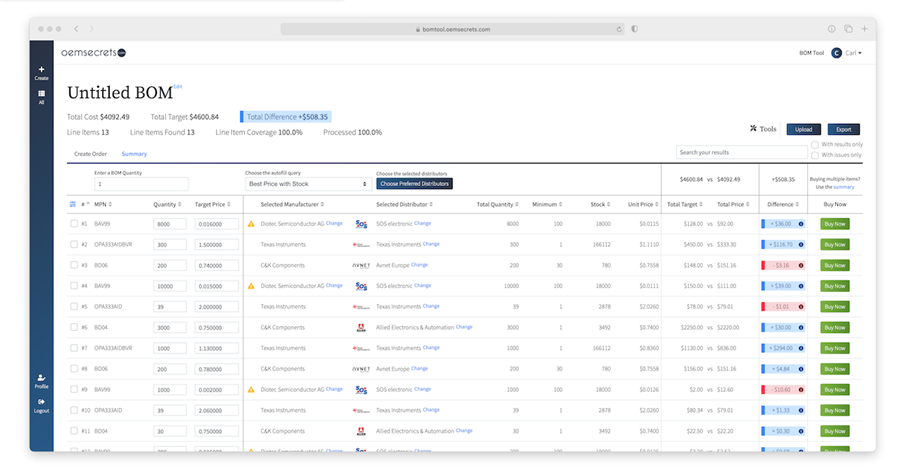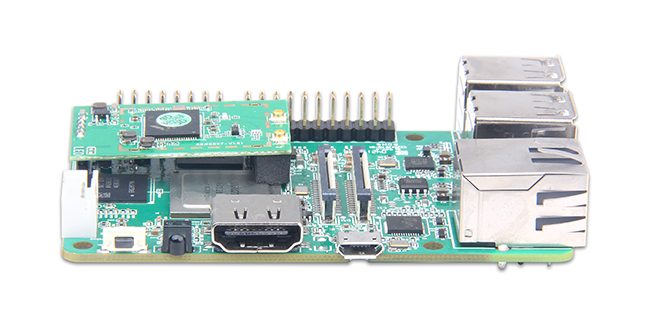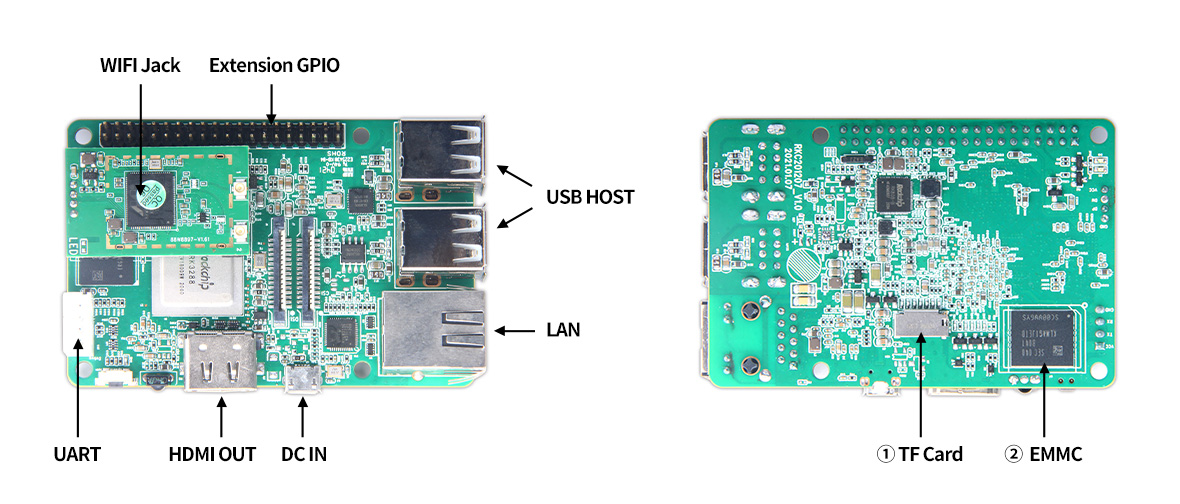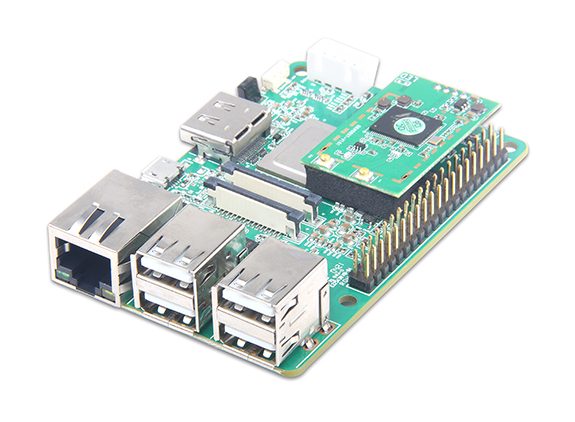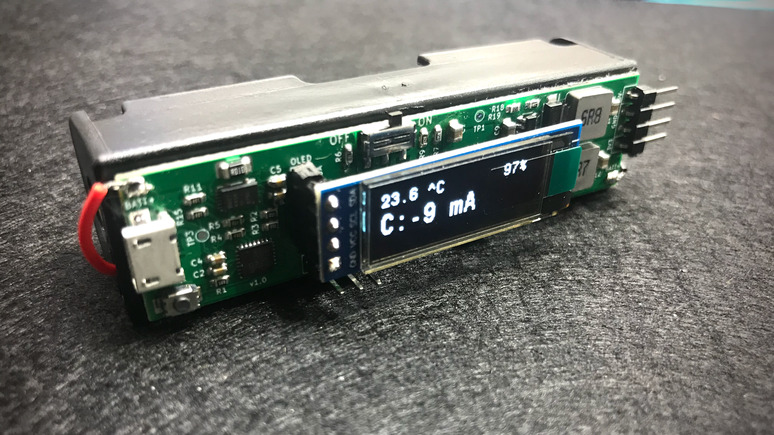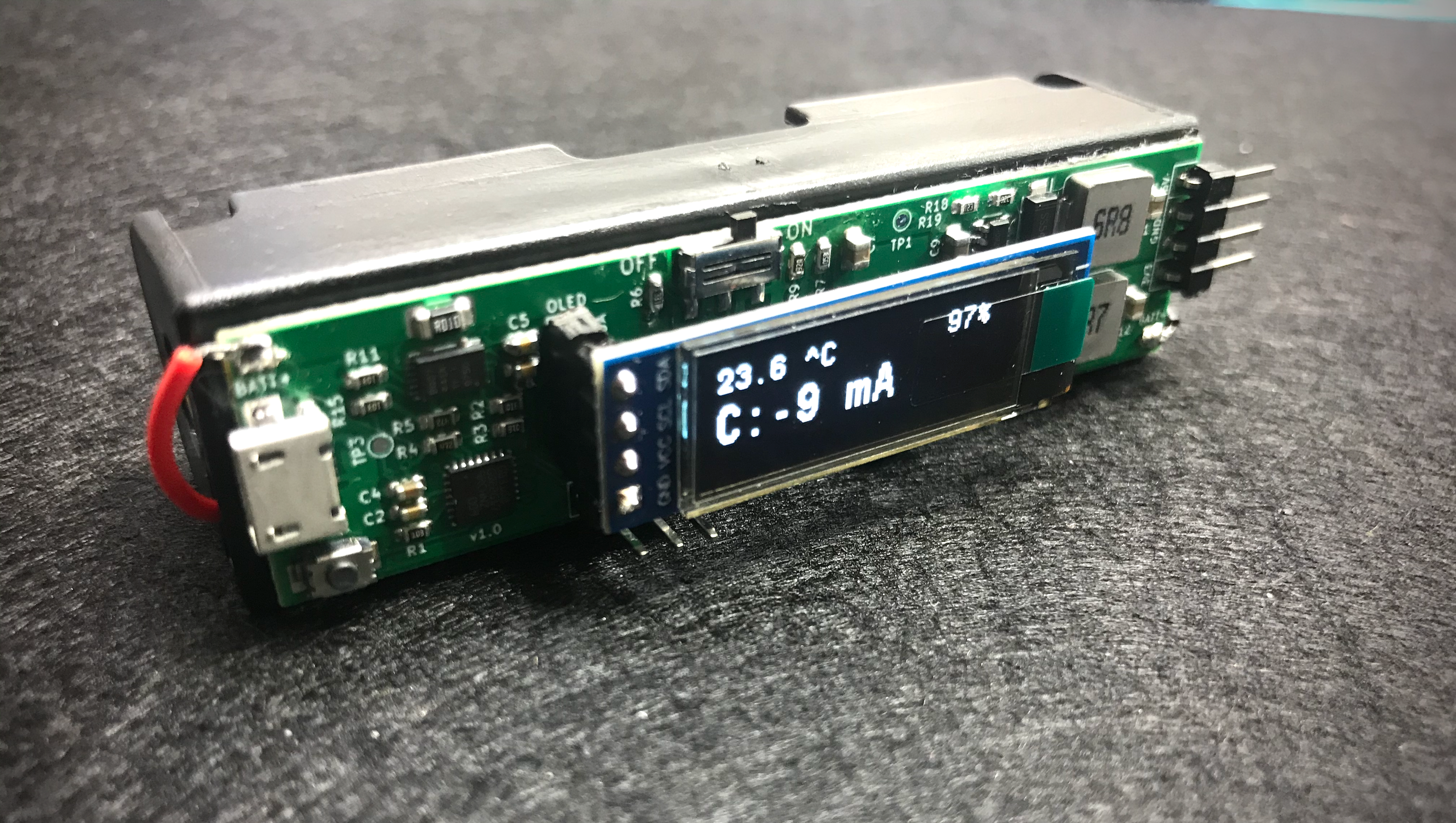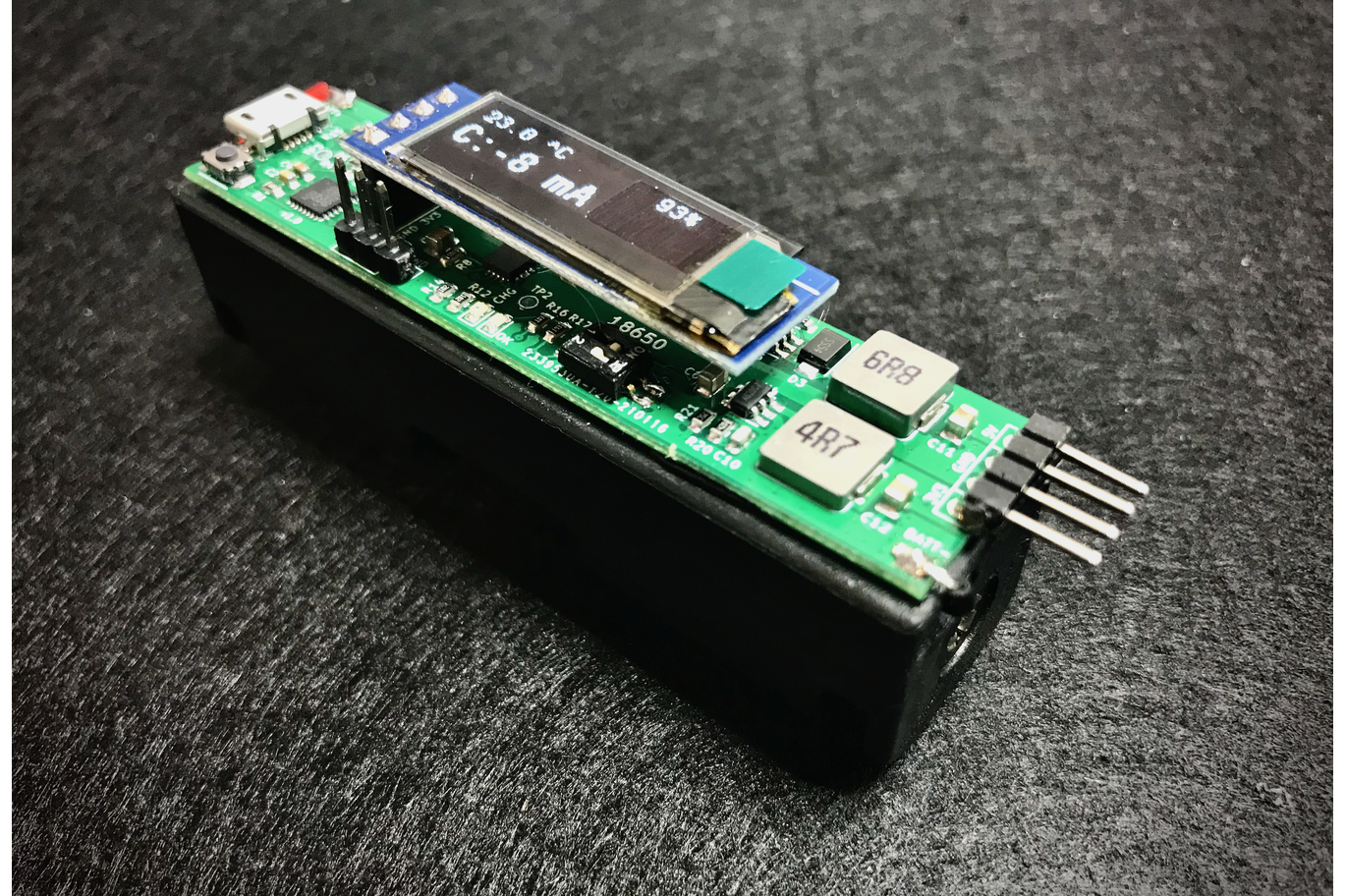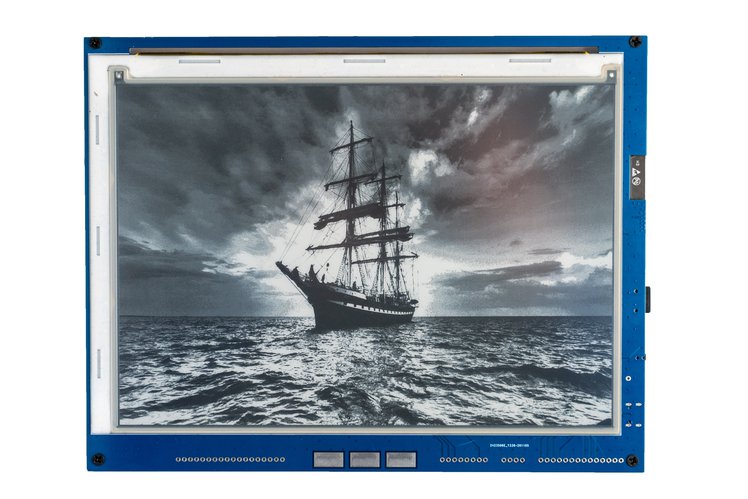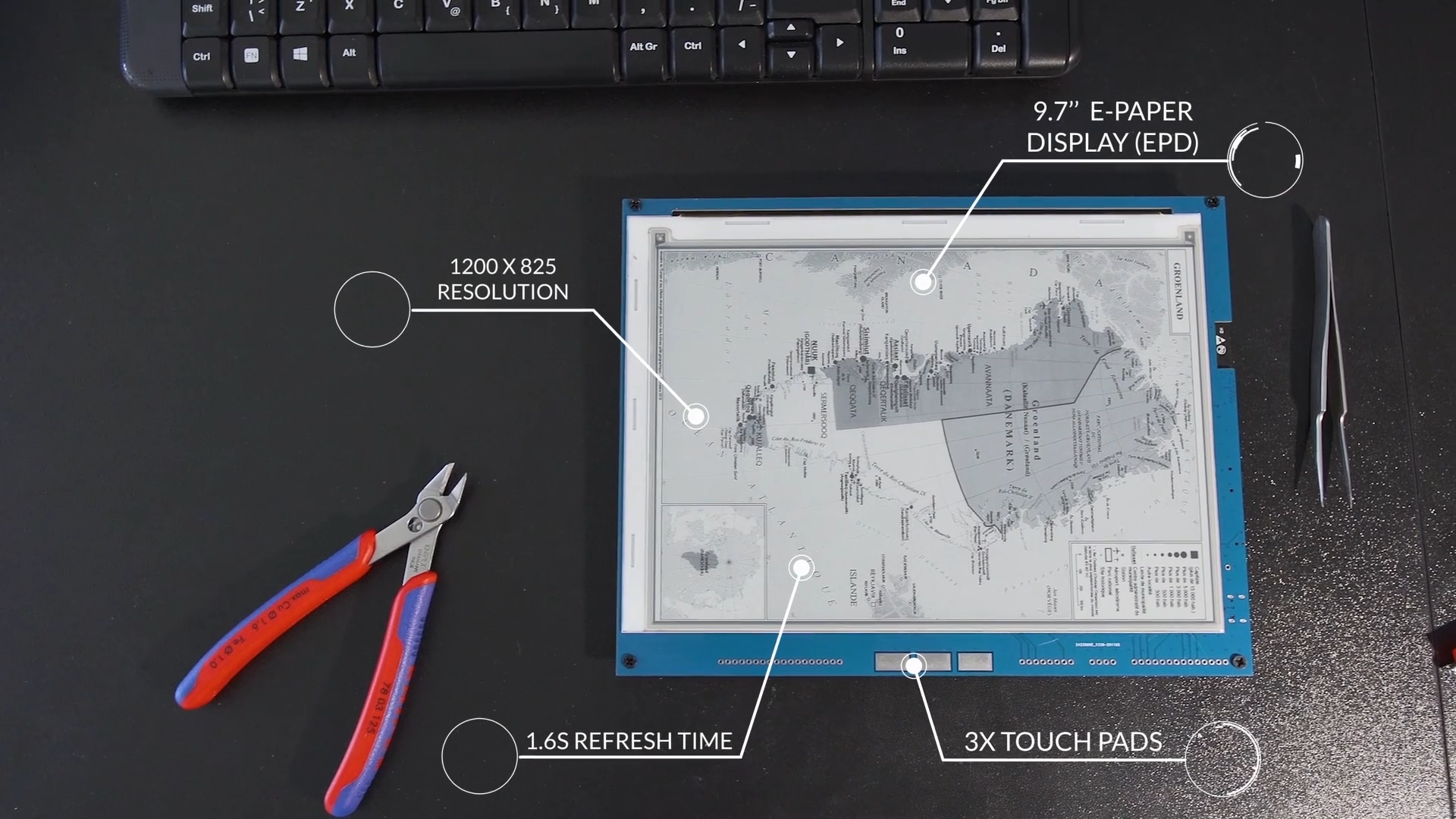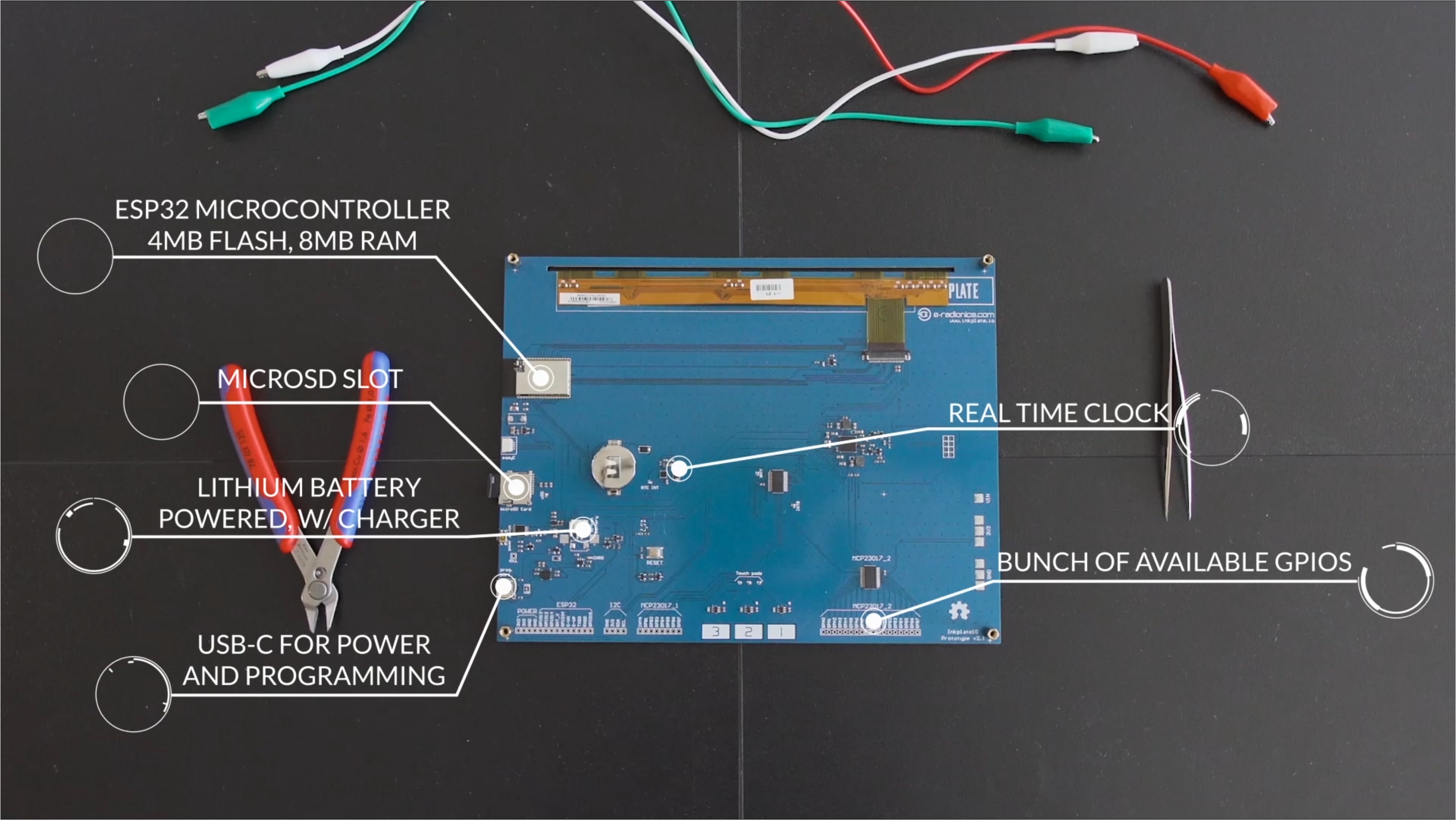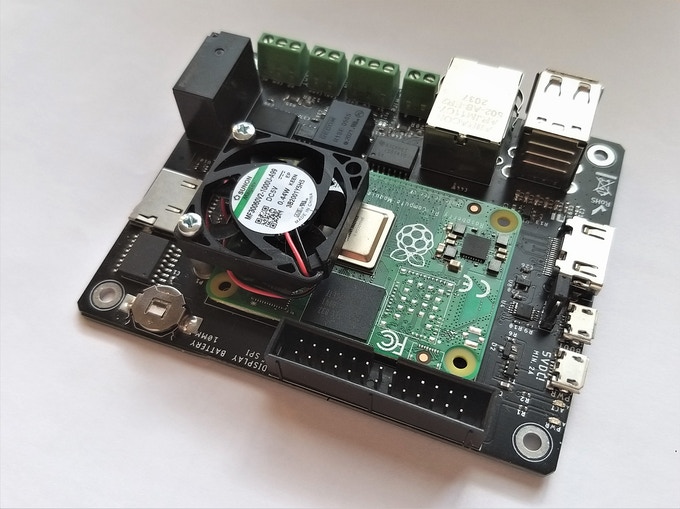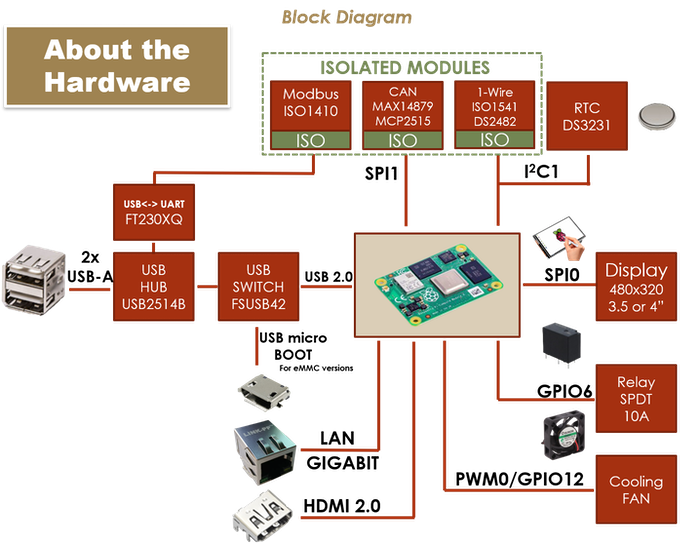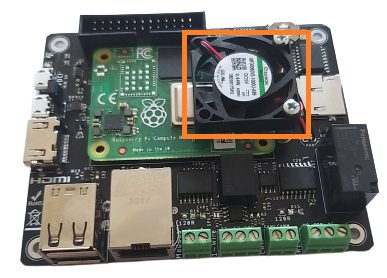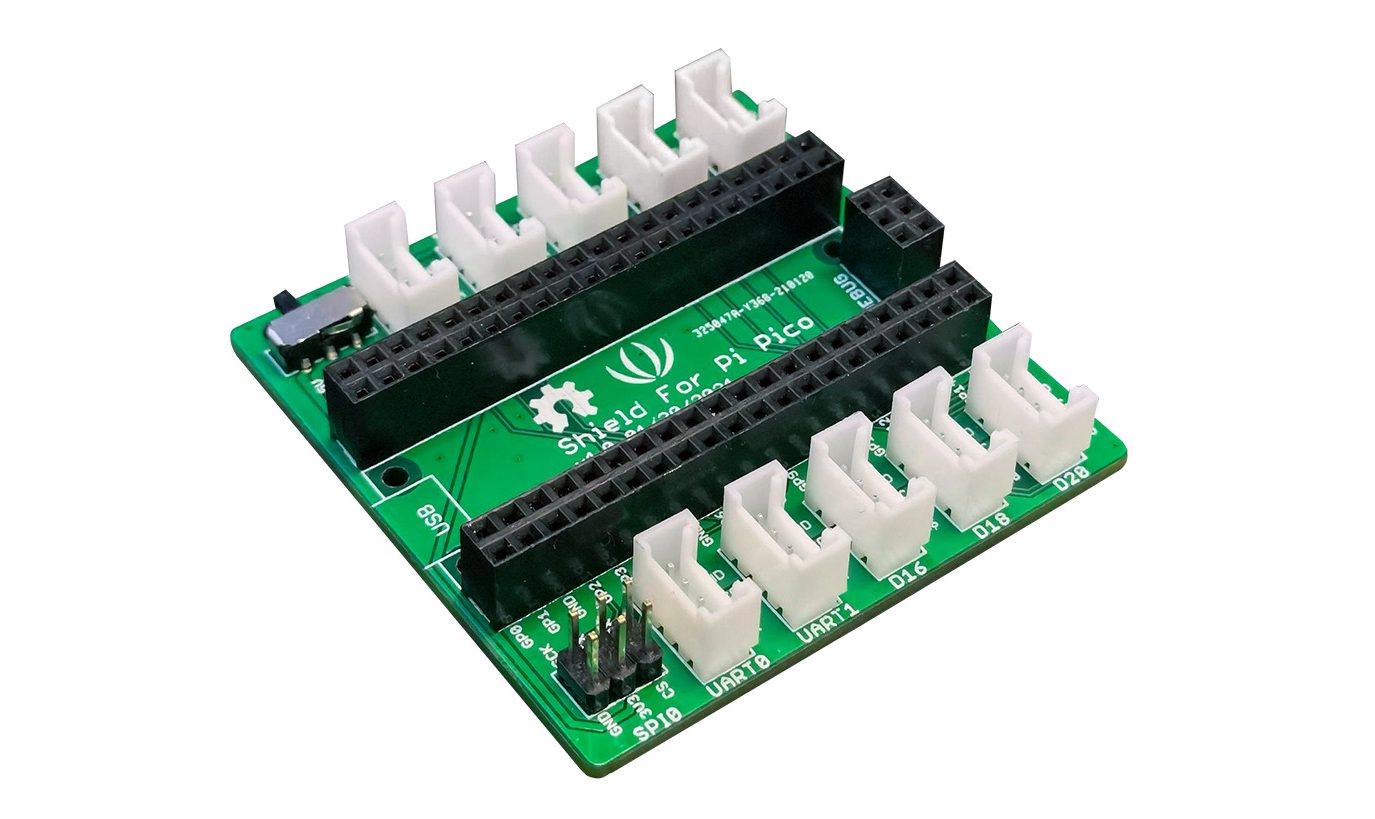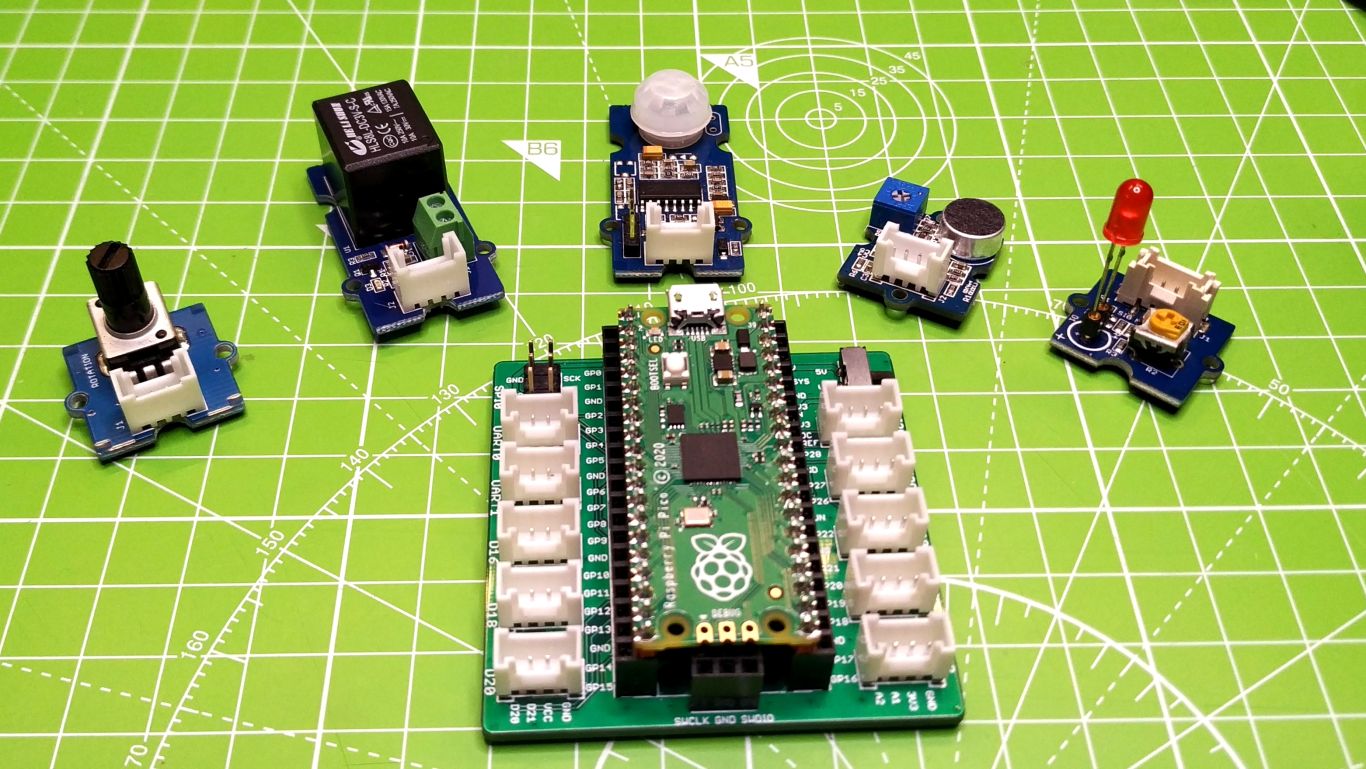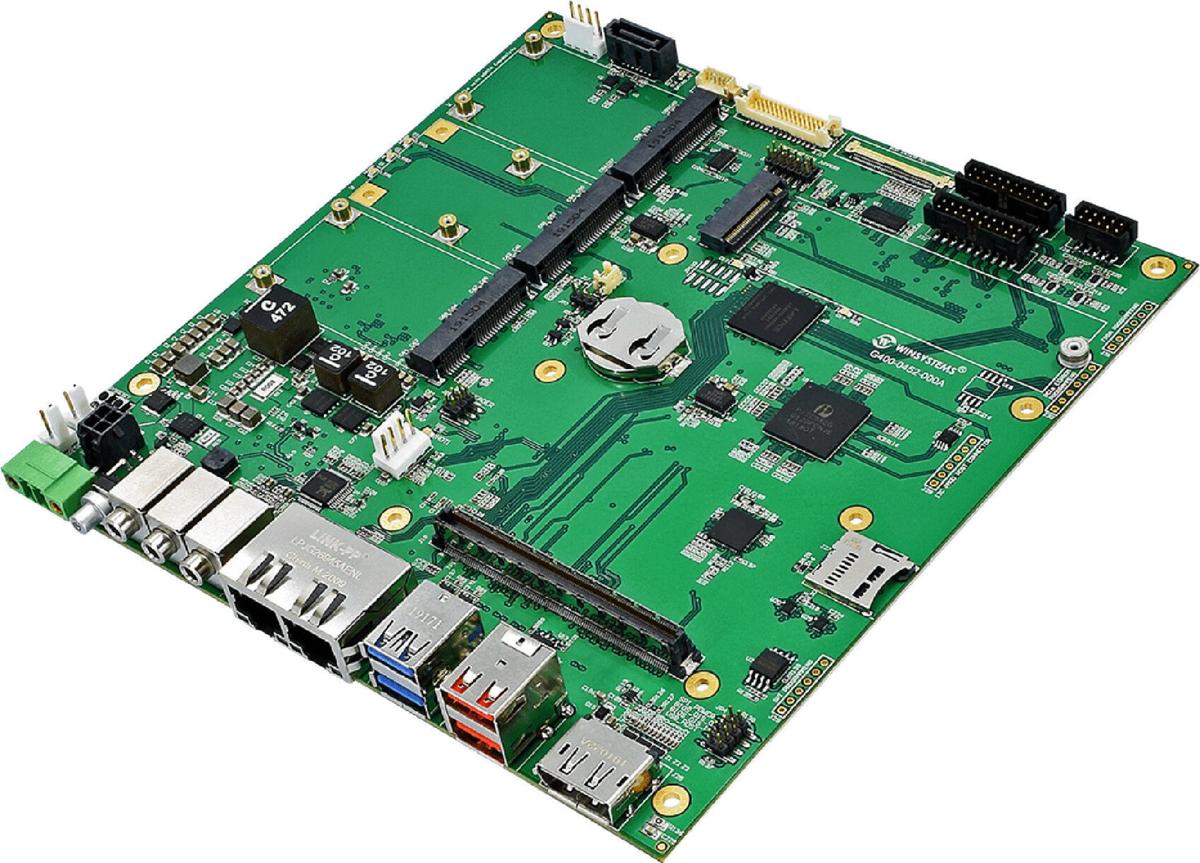New SLIM-CASE is available in different versions to suit a wide range of applications
OKW has launched an innovative and elegant new SLIM-CASE for the latest generation of handheld touchscreen and wireless data transfer devices.
Ergonomic SLIM-CASE (IP 54/65) is ideal for measuring and control, wireless communications, IoT/IIoT, healthcare, laboratories, offices, safety engineering and environmental technology.
SLIM-CASE’s low-profile and virtually frameless design makes it compact and comfortable to hold – but provides plenty of space for PCBs, plug connectors, interfaces and sensors.
Six versions are available at launch. They offer the choice of a smooth top, a 0.04” (1 mm) recessed top (for product labels) and a 0.06” (1.6 mm) recessed top (for a touchscreen or membrane keypad). Each is available either with or without a soft-touch TPE intermediate ring (IP 54) for added comfort and superior impact protection.
All six versions feature soft contours for enhanced ergonomics and optimum aesthetics. They can accommodate inductive charging (with the correct coil) and NFC technology (with Qi chargers). Power can be supplied by a flat battery mounted on the PCB.
SLIM-CASE is available in one plan size (M) – 5.82” x 2.91” – and two heights: 0.75” (without TPE ring) and 0.86” (with TPE ring). Inside there are PCB mounting pillars in both the top and base. The enclosures are molded from robust and UV-stable ASA+PC-FR (UL 94 V-0) for indoor and outdoor use. For added security, the enclosures are assembled using Torx T8 stainless steel screws. The cases’ standard color is off-white (RAL 9002). Prices start at $17.
Accessories include an IP 65 seal for versions I, II and III without the TPE ring, a transparent front screen (for use with touchscreens), an adhesive foil (for securing the screen), self-tapping PCB screws (PZ1 and Torx T8) and a Torx T8 screwdriver.
OKW can supply SLIM-CASE fully customized. Services include custom colors for the main case and TPE ring, machining, lacquering, printing, laser marking, product labels, RFI/EMI shielding and installation/assembly of accessories.
Visit the OKW website for more information: https://www.okwenclosures.com/en/Plastic-enclosures/Slim-Case.htm


